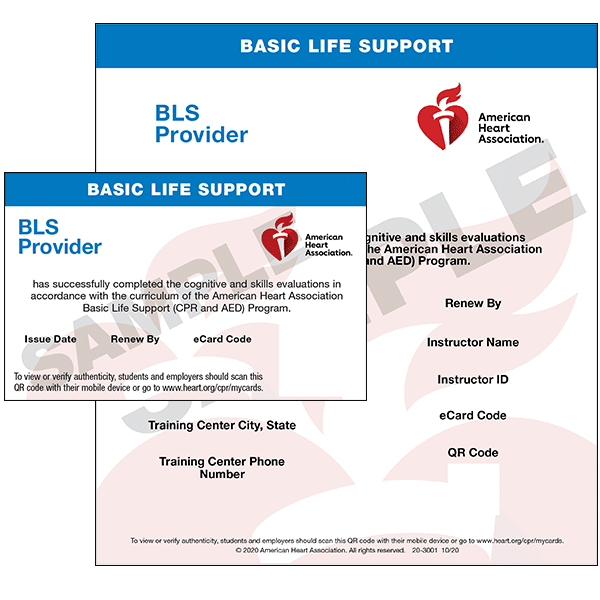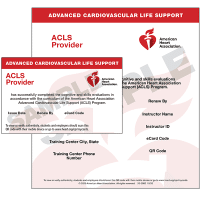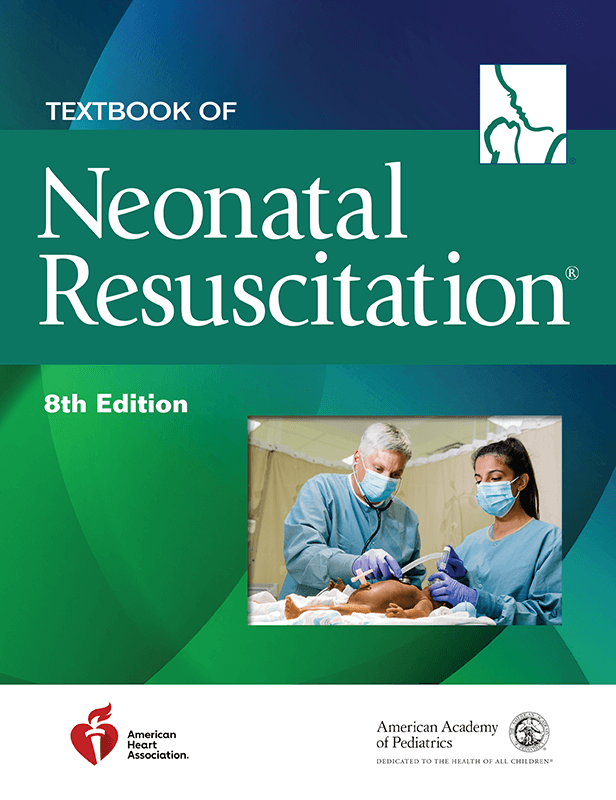Step 1: Complete the American Heart Association online course.
Step 2: Perform skills testing in Davis or another location.
Step 3: Receive the American Heart Association card same day.

Basic Life Support
Online Course: 1-2 hours
Skills Testing: 30 minutes
100% Pass Rate Guaranteed
Lowest Price In Davis
Receive Card On Class Day
Thousands of 5 Star Reviews
CE Credits to CA Dentists

Advanced Cardiac Life Support
Online Course: 2-3 hours
Skills Testing: 30 minutes
100% Pass Rate Guaranteed
Lowest Price In Davis
Receive Card On Class Day
Thousands of 5 Star Reviews
Some Professions: 2-3 CEU

Pediatric Advanced Life Support
Online Course: 2-3 hours
Skills Testing: 30 minutes
100% Pass Rate Guaranteed
Lowest Price In Davis
Receive Card On Class Day
Thousands of 5 Star Reviews
Some Professions: 3.75-5 CEU

Neonatal Resuscitation Program
Online Course: 2-3 hours
Skills Testing: 3 hours
100% Pass Rate Guaranteed
Lowest Price In Davis
Receive Card On Class Day
Thousands of 5 Star Reviews
Some Professions: 4 CEU

Audience: General public
Topics: CPR for all age groups, AED use, bleeding, epi-pen, etc
Online Session: 1 Hour
Skills Testing: 30 minutes
Card: Safety Training Seminars
Certification: Valid 2 years

Audience: General public
Topics: CPR for all age groups, AED use, bleeding, epi-pen, etc
AHA Online Course: 1-2 Hours
Skills Testing: 30-45 minutes
Card: American Heart Association
Certification: Valid 2 years

Audience: Childcare providers
Topics: CPR for all age groups, AED use, bleeding, epi-pen, etc
AHA Online Course: 1-2 Hours
Skills Testing: 30-45 minutes
Card: American Heart Association
Certification: Valid 2 years

Audience: Childcare providers
Topics: Lead poisoning, nutrition, infectious disease,etc
Zoom Course: 8 Hrs (state law)
Skills Testing: 30-45 minutes
Card: EMSA Health & Safety
Certification: No expiration
EXCELLENTTrustindex verifies that the original source of the review is Google. I enjoyed the class. It’s the first time I did it without an instructor. I liked it.Trustindex verifies that the original source of the review is Google. The CPR training was extremely convenient.Trustindex verifies that the original source of the review is Google. I recently took the CPR/First-aid Class at Safety Training Seminars and was absolutely impressed with the comprehensive training and expert instruction provided. The class covered everything I needed to know to stay confident in my CPR certification and was engaging and easy to follow, making it a valuable learning experience.Trustindex verifies that the original source of the review is Google. I really enjoyed my BLS Class at Safety Training Seminars, I left feeling empowered and confident in my ability to respond in emergency situations and gained valuable skills in giving CPR certification and performing other life-saving procedures.Trustindex verifies that the original source of the review is Google. Very great and informative!Trustindex verifies that the original source of the review is Google. I highly recommend this company for an stress-free ACLS recert. Very well paced for individual learning with clear instructionTrustindex verifies that the original source of the review is Google. The self-paced course was user friendly and adjusted to one's competency level to better ensure understanding of the material. The first aid in person test computer monitor was helpful to give immediate feedback to ensure i was doing the tasks correctly. It was quite a work out for me , but i finally passed!Trustindex verifies that the original source of the review is Google. Excellent experience both online and in person.
The American Heart Association RQI (Resuscitation Quality Improvement) program is the most popular, modern, and fast way for medical & healthcare professionals in Davis to receive their official American Heart Association BLS, ACLS, and PALS certification cards.
Three Easy Steps
Safety Training Seminars (Founded 1989)
Safety Training Seminars is a woman-owned AHA Training Center that provides high quality American Heart Association BLS, ACLS, PALS, CPR & First-aid courses in Davis, CA.
Excellent Customer Service
Safety Training Seminars has a top notch team of customer service reps that are available every day (including weekends) 8am – 10pm.
Classes Daily In Over 60 Cities
For our customer’s convenience, we offer AHA BLS, ACLS, PALS, CPR, & First-aid certification courses every day of the week in Davis and other cities near you.
Certification Card
After the course, students will receive the official AMERICAN HEART ASSOCIATION certification card (valid 2 years).
Low Price Guarantee
Safety Training Seminars offers the lowest prices in Sacramento County, backed by our Low Price Guarantee.

Saving a life is one of the most heroic—and crucial—actions a person can take, yet emergencies often catch us unprepared. Whether it’s a choking child, sudden cardiac arrest, or a traumatic injury, knowing how to respond effectively can make the difference between life and death. That’s why certifications in CPR (Cardiopulmonary Resuscitation), First Aid, and advanced life support are essential. And when it comes to quality training, the American Heart Association stands out as a global leader, trusted for its evidence-based curriculum and hands-on approach.
When choosing training in life-saving skills, the provider matters. Here’s why the American Heart Association consistently leads the way:
The American Heart Association is synonymous with excellence in education. Backed by decades of research and collaboration with medical experts, AHA courses provide up-to-date, evidence-based training. Their approach combines theory with practical application, ensuring participants feel truly confident in life-saving scenarios.
AHA certifications are widely accepted across various industries, including healthcare, education, corporate workplaces, and more. For hospitals and employers, an AHA-certified professional signals a high standard of expertise.
Whether you’re responding to a home emergency or handling a critical care situation, AHA training equips you with knowledge and hands-on skills that can literally save lives. CPR, airway management, and advanced resuscitation are just the tip of the iceberg when it comes to what you’ll learn.
Tailored for all levels of expertise, American Heart Association courses in Davis cover a wide array of needs, making them accessible to everyone—from parents to healthcare workers.
The CPR and First Aid course teaches essential skills for responding to everyday emergencies.
BLS is a core requirement for healthcare providers and first responders.
ACLS takes life-saving a step further by preparing you for advanced medical emergencies.
Focused on caring for critically ill children and infants, PALS is essential for professionals specializing in pediatrics.
What makes the AHA experience unique? Beyond the life-saving knowledge, there are some unbeatable perks:
With AHA courses, it’s not just about learning the theory. Expert trainers provide hands-on opportunities with manikins, AED simulators, and scenario-based exercises, so you’ll feel prepared to act in real life.
If you’re in healthcare, childcare, or a field requiring safety training, AHA certifications can open doors to new opportunities. Employers highly value professionals with up-to-date life support training.
Balancing a busy schedule? Many AHA classes offer flexible formats, including blended learning models—online theory components followed by in-person practice sessions. Most courses take only 2–4 hours, making them achievable even for the busiest professionals.
American Heart Association courses are open to anyone looking to learn life-saving skills. Here’s who typically benefits:
Finding the perfect class is simple:
Pro tip—Book early! Classes can fill up fast.
Becoming certified through the American Heart Association not only prepares you for emergencies but also sets you apart in your personal and professional life. From CPR and First Aid to advanced solutions like ACLS or PALS, AHA training offers life-changing—and lifesaving—skills that everyone should learn.
Don’t wait for an emergency to realize the importance of being prepared. Start your lifesaving journey today. Enroll in an American Heart Association training class in Davis, CA, and empower yourself with invaluable skills for emergencies!
Safety Training Seminars CPR
1403 5th Street, Suite 4, Davis, CA 95616
(530) 601-2065